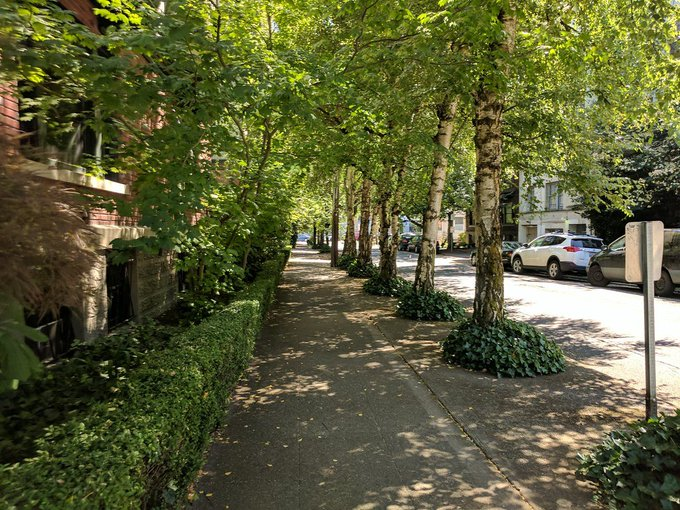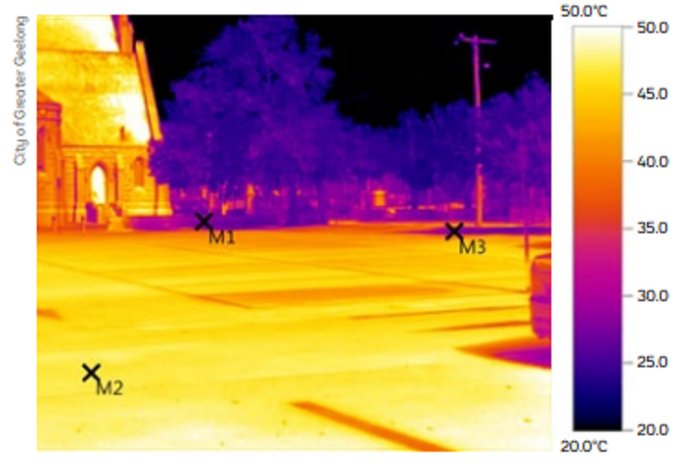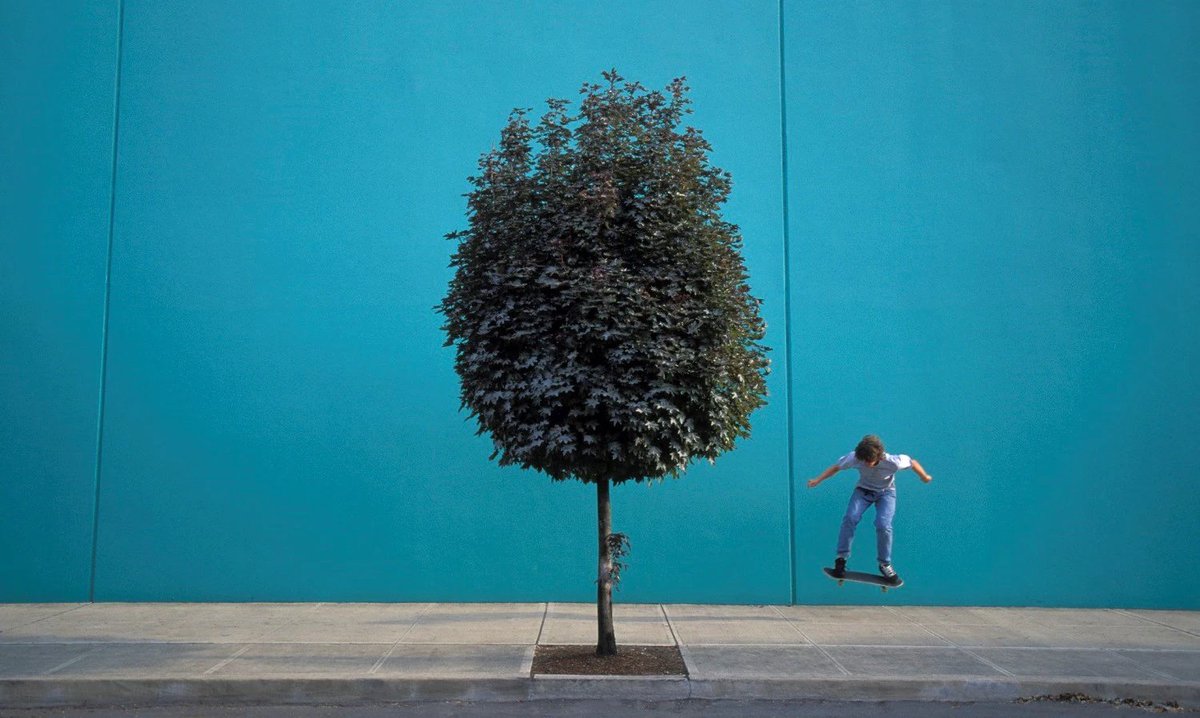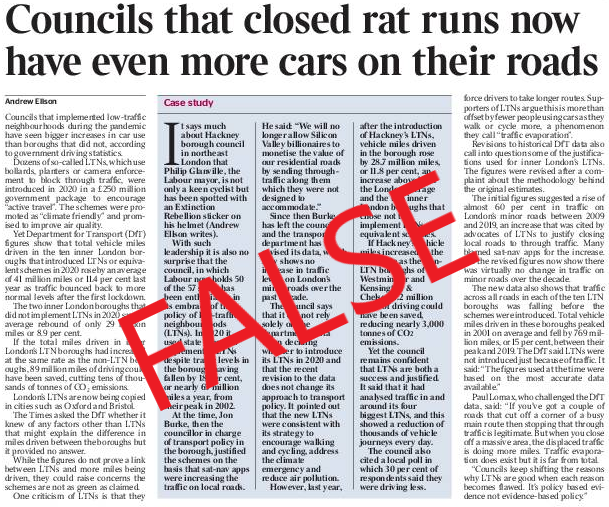What if I told you there was a single intervention we could deliver in our cities that would cool them during heatwaves, reduce flooding, scrub pollutants from the air, boost biodiversity, improve public health, and even reduce crime? You wouldn't believe me. But it's true. 

What if I told you one study in Manchester found that shade from street trees reduced surface temperatures by an average of 12°C and that concrete surfaces shaded permanently by a bank of trees were cooled by up to 20°C in the summer? You wouldn't believe me. But it's true. 

What if I told you that a single young tree planted in a small pit over an impermeable asphalt surface can reduce rain runoff by around 60%, even during winter when not in leaf? You wouldn't believe me, but it's true. 

What if I told you a line of young silver birch roadside trees resulted in over 50% reductions in PM levels within the row of terraced houses screened from the road? You wouldn't believe me, but it's true. 

What if told you that urban trees support a rich and diverse range of wildlife; providing important connectivity between isolated pockets of fragmented habitats, mitigating the negative effects of urbanisation for species such as bats? You wouldn't believe me, but it's true. 

What if I told you that a high number of street trees close to the home is related to lower numbers of local prescriptions for antidepressants, even when controlling for a wide range of factors, such as deprivation? You wouldn't believe me, but it's true. 

What if I told you that research has shown that for every 10% increase urban canopy cover there is a 15% decrease in violent crime and a 14% decrease in property crime, controlled for a wide range of socioeconomic factors? You wouldn't believe me, but it's true. 

@CamillaAllen - fancy just unrolling this and taking it as my chapter, instead? 😜
References!
Tweet II - Armson, D., Rahman, M.A. & Ennos, A.R. (2013) A Comparison of the Shading Effectiveness of Five Different Street Tree Species in Manchester, UK. Arboriculture & Urban Forestry, 39, 157-164
Tweet II - Armson, D., Rahman, M.A. & Ennos, A.R. (2013) A Comparison of the Shading Effectiveness of Five Different Street Tree Species in Manchester, UK. Arboriculture & Urban Forestry, 39, 157-164
Tweet III - Bartens, J., Day, S.D., Harris, J.R., Dove, J.E. & Wynn, T.M. (2008) Can urban tree roots improve infiltration through compacted subsoils for stormwater management? Journal of Environmental Quality, 37, 2048-2057
Tweet IV - Maher, B.A., Ahmed, I.A.M., Davison, B., Karloukovski, V. & Clarke, R. (2013) Impact of Roadside Tree Lines on Indoor Concentrations of Traffic-Derived Particulate Matter. Environmental Science & Technology, 47, 13737-13744
Tweet V - Hale, J. D., Fairbrass, A. J., Matthews, T. J., Sadler, J.P., 2012. Habitat Composition and Connectivity Predicts Bat Presence and Activity at Foraging Sites in a Large UK Conurbation. Plos One 7, doi:10.1371/journal.pone.0033300.
Tweet VI - Melissa R. Marselle, Diana E. Bowler, Jan Watzema, David Eichenberg, Toralf Kirsten & Aletta Bonn, Urban street tree biodiversity and antidepressant prescriptions, Scientific Reports volume 10, Article number: 22445 (2020)
Tweet VII - Kathryn Gilstad-Haydena et al, Greater tree canopy cover is associated with lower rates of both violent and property crime in New Haven, CT, Landscape and Urban Planning Volume 143, November 2015, Pages 248-253
You can find out more about the programme I delivered in Hackney, London, below. If every local authority in the U.K had have replicated it - & Hackney is one of the smallest - we'd have planted 15 million trees in our towns and cities in just three years.
https://twitter.com/jonburkeUK/status/1281531709650079744
You can also find out below about how street trees and green infrastructure more generally can be used to radically reimagine our rapidly-warming cities; improving the quality of life their citizens...
https://twitter.com/jonburkeUK/status/1225126564616187905
...and you can find out below how rebalancing our relationship with the motor vehicles dominate our cities - while still benefiting from them - can drastically improve quality of life while reducing surface transport emissions.
https://twitter.com/jonburkeUK/status/1367830560832380928
...and, remember this, if your elected representatives won't listen, your duty is to the future of our children. In the immortal words of the Lego Movie's Lucy 'all of you have the unique ability...to be a groundbreaker, and I mean literally--break the ground!" #tacticalurbanism 

• • •
Missing some Tweet in this thread? You can try to
force a refresh

















